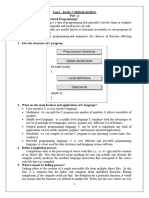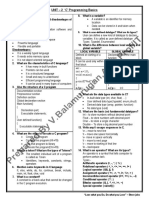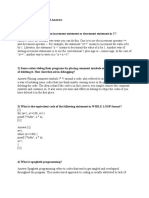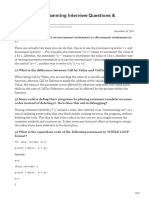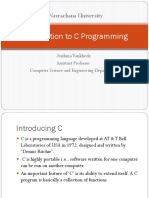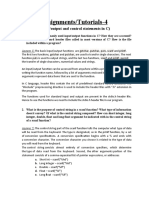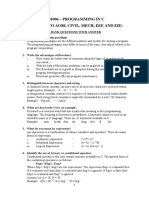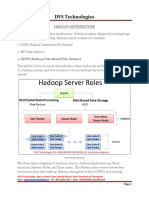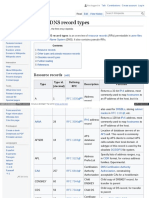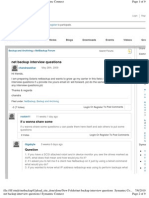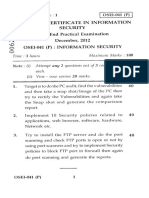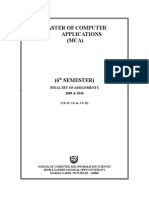0% found this document useful (0 votes)
24 views9 pagesC Lang Q
The document explains various C programming concepts including unformatted I/O functions like gets() and puts(), the use of loops, break and continue statements, and the significance of the null character. It also covers static variables, header files, keywords, tokens, character sets, if-else statements, basic data types, two-dimensional arrays, and identifiers. Additionally, it provides code examples and explanations for better understanding.
Uploaded by
sohailforsureCopyright
© © All Rights Reserved
We take content rights seriously. If you suspect this is your content, claim it here.
Available Formats
Download as DOCX, PDF, TXT or read online on Scribd
0% found this document useful (0 votes)
24 views9 pagesC Lang Q
The document explains various C programming concepts including unformatted I/O functions like gets() and puts(), the use of loops, break and continue statements, and the significance of the null character. It also covers static variables, header files, keywords, tokens, character sets, if-else statements, basic data types, two-dimensional arrays, and identifiers. Additionally, it provides code examples and explanations for better understanding.
Uploaded by
sohailforsureCopyright
© © All Rights Reserved
We take content rights seriously. If you suspect this is your content, claim it here.
Available Formats
Download as DOCX, PDF, TXT or read online on Scribd
/ 9






